Problems with shrubs drying up
Debbie Downer
10 years ago
Related Stories
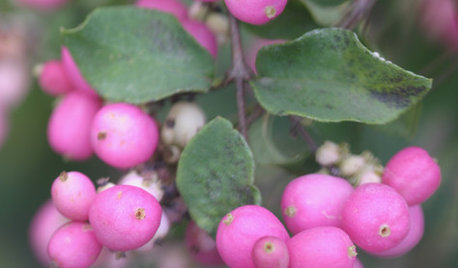
LANDSCAPE DESIGN5 Berry-licious Shrubs to Plant Now for Winter Interest
Showy color during snow season? You bet. These shrubs will wake up a garden with colorful berries when other plants are asleep
Full Story
GARDENING GUIDESSolve 3 Common Landscape Problems — With More Plants
Sometimes the best defense is a good offense
Full Story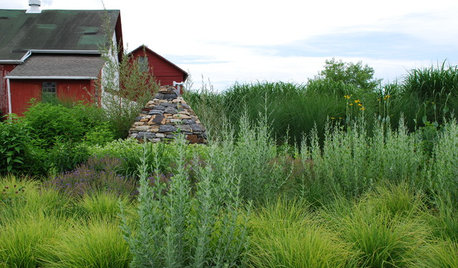
LANDSCAPE DESIGNProblem Solving With the Pros: An Abundant Garden Stretches Its Means
Swaths of resilient, eye-catching plants thrive with little care or resources in the landscape of a Pennsylvania farmhouse
Full Story
GARDENING GUIDES8 Native Shrubs for Year-Round Bird Feeding
It’s not just about berries. These plants provide insects for birds and seasonal interest for gardeners
Full Story
FALL GARDENING9 Deer-Resistant Flowering Shrubs to Plant This Fall
These exquisite shrubs will attract your attention but won’t tempt the deer that roam your neighborhood at night
Full Story
REMODELING GUIDESThe Hidden Problems in Old Houses
Before snatching up an old home, get to know what you’re in for by understanding the potential horrors that lurk below the surface
Full Story
HOUSEKEEPING10 Problems Your House May Be Trying to Show You
Ignore some of these signs and you may end up with major issues. We tell you which are normal and which are cause for concern
Full Story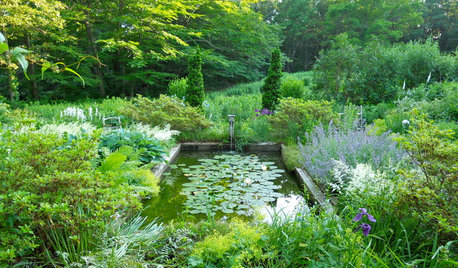
PLANTING IDEAS5 Reasons to Bring Shrubs Into the Flower Garden
Mix up the garden experience and let the flowers and shrubs play together
Full Story
GARDENING GUIDESGreat Design Plant: Try Blue Bells for Blooms in Dry Soil
This shrub’s violet-blue flowers and silvery foliage brighten low-water gardens all year long
Full Story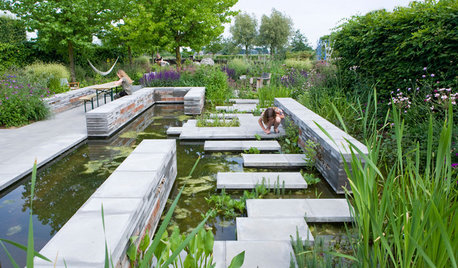
LANDSCAPE DESIGNProblem Solving With the Pros: A Garden Built From Scratch
Nature is reintroduced and redefined in a Dutch urban setting, to forge a dynamic relationship with city dwellers
Full Story





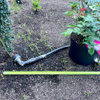
ken_adrian Adrian MI cold Z5
lisanti07028
Related Professionals
Reading Landscape Architects & Landscape Designers · Cockeysville Landscape Contractors · Doctor Phillips Landscape Contractors · El Mirage Landscape Contractors · Euclid Landscape Contractors · Fort Myers Landscape Contractors · Hilton Head Island Landscape Contractors · Clarksburg Window Contractors · Idylwood Window Contractors · Sterling Window Contractors · University Window Contractors · White Center Window Contractors · Indio Driveway Installation & Maintenance · Glen Ellyn Decks, Patios & Outdoor Enclosures · Puyallup Decks, Patios & Outdoor Enclosuresstimpy926
Debbie DownerOriginal Author
mad_gallica (z5 Eastern NY)
akamainegrower
stimpy926
ken_adrian Adrian MI cold Z5
Debbie DownerOriginal Author
Embothrium